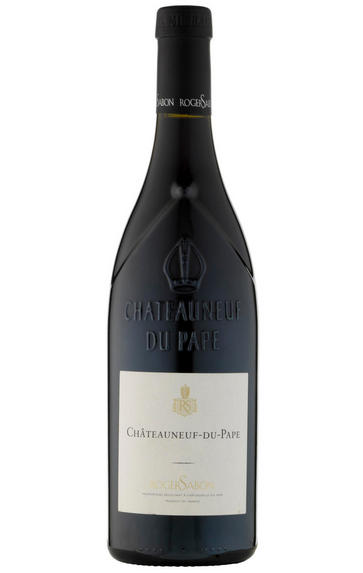
2011 Châteauneuf-du-Pape, Le Secret des Sabon, Roger Sabon, Rhône
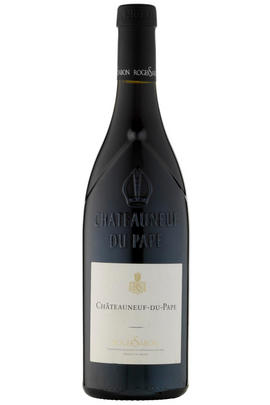
Critics reviews
Jeb Dunnuck - 28/08/2014
This has long been one of my favorite estates in the southern Rhone. Like many of the old families of Chateauneuf du Pape, the Sabons have been estate bottling since 1921. They own nearly 44 acres of vines divided among 15 different parcels, with some of their most significant holdings in the famed La Crau sector of the appellation. The style here is a brilliant combination of the best traditional techniques married to a handful of modern nuances.
As I wrote last year, the 2009s were super at Domaine Roger Sabon. Even better, the 2010s may be the greatest vintage ever produced, including the 2007 and 2005. The 2011 vintage appears to be very strong as well. There are four Chateauneuf du Pape cuvees, including the limited production (150 cases), luxurious, over-the-top Le Secret des Sabon, which comes from nearly 110-year-old vines, and is a field blend of largely Grenache and many other authorized grapes.
Robert Parker, Wine Advocate #204, Dec 2012
About this WINE
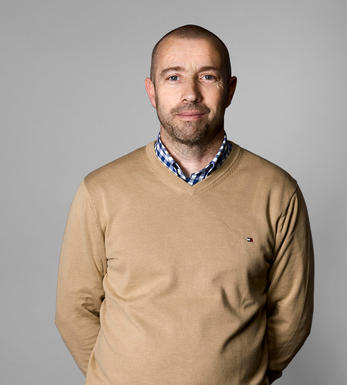
Domaine Roger Sabon
Roger Sabon is described by Robert Parker as "one of the more intellectual vignerons in Châteauneuf du-Pape".
His vineyard holdings are surprisingly small, around 14 hectares, which are divided between his properties in Lirac, Chateauneuf-du-Pape and Cotes du Rhône. The Châteauneuf vineyards are well situated in Les Cabrieres, La Crau, Courtherzon and Nalys and the average age of his vines is unusually high with some of them dating back to the early 1900s.
The general cepage is made up of 70% Grenache although this is reduced in his top two cuvées, the Cuvee Reservee and he Cuvée Prestige. Roger Sabon is a traditionalist and prefers to age his wines in small oak piece, none of which are new, for six months following a sojourn en cuve. He places great emphasis upon elegance rather than power in his wines and in youth his wine can be deceiving.
With time, however, they grow and gain in depth and complexity and are some of the finest Châteauneufs being produced today.
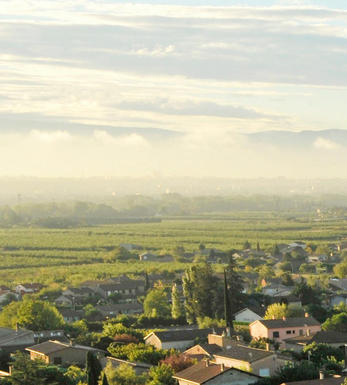
Châteauneuf-du-Pape
The most celebrated village of the Southern Rhône, Châteauneuf-du-Pape is the birthplace of the now indispensable French Appellation d’Origine Contrôlée system – imperfect though it may be. Compared to the Northern Rhône, the vineyards here are relatively flat and often feature the iconic galet pebbles – the precise benefits of which are a source of much debate. Minimum alcohol levels required by the AOC are the highest in France, but at 12.5% it is well below the natural generosity of Grenache, which only achieves its full aromatic potential when it is fully ripe and laden with the resultant high sugars. Syrah and Mourvèdre contribute the other defining elements in the blend, adding pepper, savoury spice and structure to the decadent Grenache. There are a further 10 permitted red grape varieties which can be used to adjust the “seasoning”. Of the five white varieties permitted, it is Grenache Noir’s sibling – predictably perhaps – Grenache Blanc, which dominates, though Roussanne shows a great deal of promise when handled well, notably at Château de Beaucastel.
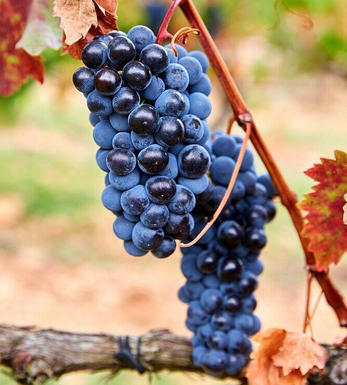
Southern Rhône Blend
The vast majority of wines from the Southern Rhône are blends. There are 5 main black varieties, although others are used and the most famous wine of the region, Châteauneuf du Pape, can be made from as many as 13 different varieties. Grenache is the most important grape in the southern Rhône - it contributes alcohol, warmth and gentle juicy fruit and is an ideal base wine in the blend. Plantings of Syrah in the southern Rhône have risen dramatically in the last decade and it is an increasingly important component in blends. It rarely attains the heights that it does in the North but adds colour, backbone, tannins and soft ripe fruit to the blend.
The much-maligned Carignan has been on the retreat recently but is still included in many blends - the best old vines can add colour, body and spicy fruits. Cinsault is also backtracking but, if yields are restricted, can produce moderately well-coloured wines adding pleasant-light fruit to red and rosé blends. Finally, Mourvèdre, a grape from Bandol on the Mediterranean coast, has recently become an increasingly significant component of Southern Rhône blends - it often struggles to ripen fully but can add acidity, ripe spicy berry fruits and hints of tobacco to blends.
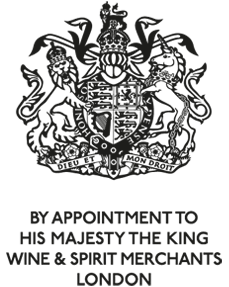
Buying options
Add to wishlist
Description
One of the greatest wines in Châteauneuf-du-Pape, its secret is hard to unlock, its quality residing in a harmonious and complete structural integrity that is evident even at this early stage. Old vines from two parcels in the Courthezon commune shoulder the responsibility for this master-piece, one of our favourites this year.
Simon Field MW, BBR Buyer
The loquacious Didier Negron recognises that Grenache was plentiful in 2011, unlike the coulure-blighted 2010, but that it had to be treated with care. The juxtaposition of an impressive early flowering and a cool but dry mid-season has engendered a heterogeneous crop, rather like 2007, but in a minor key. Didier’s clever manipulation of differing sizes of container in order to undermine the oxidative nature of Grenache, has ensured the purity and definition of his wines. He is proving a most worthy successor to the great Jean-Jacques Sabon, his father-in-law, who died last year.
wine at a glance
Delivery and quality guarantee